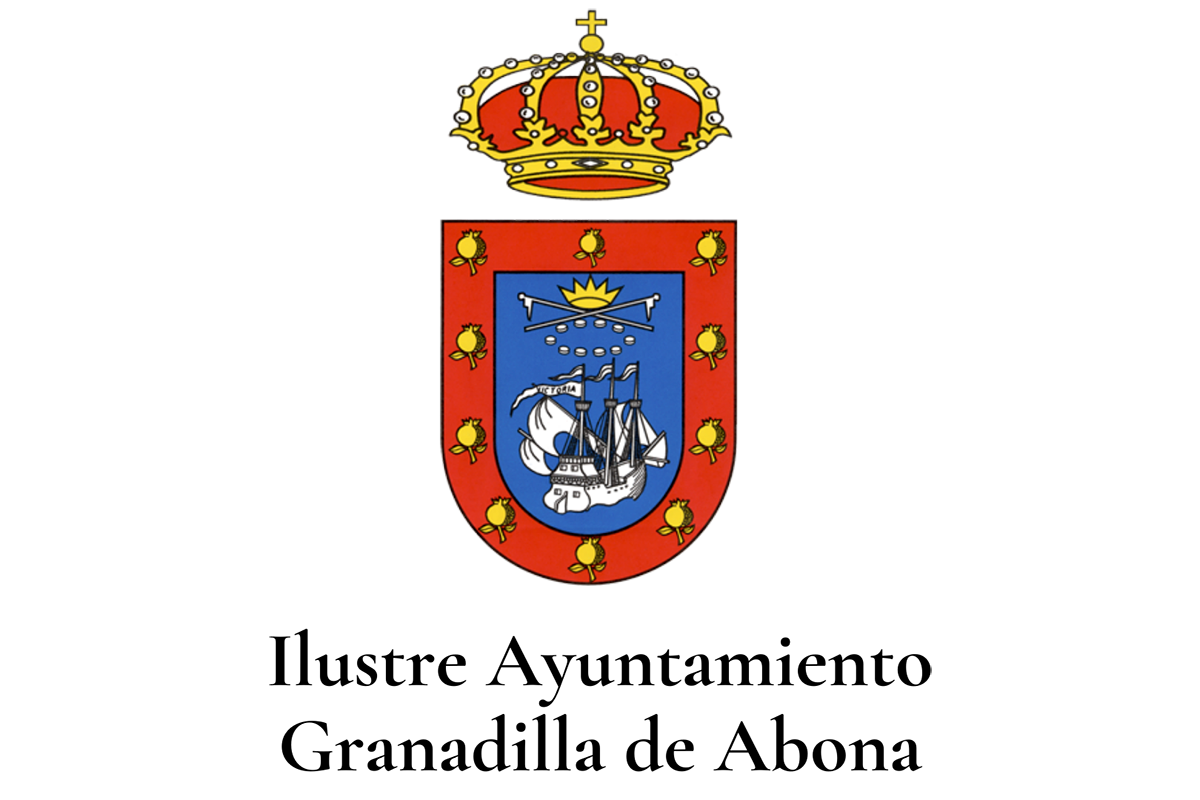The name La Granadilla is not random or accidental, nor is it because there are more granadillos (Hypericum Canariensis - an endemic shrubby plant that can measure 2.5 metres) than in other parts of the island, because there has never been any record of this, nor is it precisely the best area of the island for its location. The most complex and concrete explanation would be the emulation of the small Granada, as the last Guanche stronghold (the uprising of Abona) and the continuation of the uprisings for decades, as is reflected in numerous minutes and agreements of the Cabildo. In this regard, mention should be made of the figure of Ichasagua, the leader of the uprising, who kept the colonists who wanted to settle in the southern area in check and who was even referred to in official texts as the lands of King Ichasagua.
Different elements, such as being to the southeast, overlooking the rising water in the same direction as Granada, the suitability of the green nature, its fountains and the fact that the scrubland reached there. For being in the middle of the toponyms that corresponded to the Duke of Medina Sidonia, and because it was his people who conquered Granadilla and Granada; for having the snow-capped mountains (Guajara) behind it, as in Granada; for having to fight the rebels as the last stronghold of resistance in the Canary Islands and the western Atlantic islands, as Granada was in the Reconquest of the Muslims, and because it was the centre and head of the menceyato of Abona, as Granada had been of the kingdom of the same name and the last stronghold of the infidels in the southeast of the whole Iberian Peninsula.








